Last Updated on June 11, 2024
New Line Cinema brought us the instant classic A Nightmare on Elm Street, but their rushed attempt to use that film as the foundation of a franchise resulted in a sequel so underwhelming that it nearly killed the franchise right there. Hoping to redeem themselves, they brought in Elm Street creator Wes Craven to write the third film, only to rework his ideas into something very different than he expected. This is the story of A Nightmare on Elm Street 3: Dream Warriors (watch it HERE) and we’re going to find out WTF Happened to This Horror Movie.
Although New Line Cinema had been around for seventeen years by the time they produced and released Wes Craven’s A Nightmare on Elm Street in November of 1984, that film was such a huge success that it boosted the company to a whole new level. We wouldn’t have gotten the likes of Teenage Mutant Ninja Turtles or Lord of the Rings if it weren’t for the success of Elm Street; that’s why New Line became known as The House That Freddy Built. That first film did so well, New Line rushed a sequel into production, and they didn’t let the fact that Craven didn’t want to make a sequel or that he had objections to the script written by David Chaskin slow them down. Directed by Jack Sholder, A Nightmare on Elm Street Part 2: Freddy’s Revenge reached theatres eight days shy of a year after its predecessor. And it was understandably not well received, since it overlooked how much potential there was in the concept of a killer who comes after you in your dreams and instead told a haunted house-slash-possession story that pulled dream stalker Freddy Krueger into the waking world. It wasn’t just critics and fans who saw Freddy’s Revenge as a misstep. New Line disappointed themselves so badly with that film, they weren’t entirely sure they should continue the franchise, even though Freddy’s Revenge had done well at the box office.
One person who thought they had the right idea to get Elm Street back on track with a third film was the actor who had so perfectly brought Freddy to life in the first two movies, Robert Englund. Englund wrote a treatment that he called Freddy’s Funhouse, and it would have paid homage to one of Craven’s original sources of inspiration for the first Nightmare – the story of a Cambodian refugee who was convinced he would die if he fell asleep, and did end up suffering that exact fate. He fell asleep, he had a nightmare, and he never woke up. Englund’s treatment featured a Cambodian parapsychologist, a character compared to John Lone in Year of the Dragon, who would team up with the older sister of the Tina character from the first movie to get to the bottom of what really happened to Tina. Meanwhile, Freddy was setting booby-traps for victims in the dreamworld version of the Elm Street house, the reason behind the Funhouse title. Englund said he didn’t know how to end his treatment, so he took it into Cronenberg territory. He didn’t elaborate on that, but he felt his lack of a cohesive ending was why the producers didn’t go ahead with his idea.
It became clear that Freddy’s Funhouse wasn’t going to happen when Elm Street franchise producer Sara Risher approached Wes Craven to see if he would be interested in writing the third film – and he actually took the job. Craven said he decided to return to the franchise partly because he was interested in exploring the nightmare concept further, but also because he wanted to negotiate percentage points in the sequels, which wasn’t part of his deal on the first movie. He wanted some of that Freddy Krueger money he’d be missing out on otherwise. He wouldn’t be able to direct the film, since he was working on Deadly Friend at the same time, but in June of 1986 he was able to knock out a draft of the script with co-writer Bruce Wagner – you may know him as Uncle Frank from One Crazy Summer. Getting Craven back was a big deal, so it would have made sense if New Line Cinema had just gone ahead with anything he and Wagner wrote. How can you question Craven’s ideas when he’s the person who created the franchise? Well, that’s not how it went. New Line did have questions and notes, and the film we know as A Nightmare on Elm Street 3: Dream Warriors is very different from the script Craven and Wagner turned in.
Craven wanted the third movie to be a rematch between Freddy and the first film’s heroine Nancy Thompson, and after confirming with actress Heather Langenkamp that she was willing to play Nancy again, he and his co-writer crafted a story that begins with Nancy going on a multi-state road trip in search of her father, who has been missing for five years, ever since the events of the first Nightmare. Nancy’s father had been named Donald Thompson in the original film, which seems to have slipped Craven and Wagner’s minds, because in their script the character shares a first name with the actor who played him, John Saxon, foreshadowing the name confusion that would come four sequels down the line in Wes Craven’s New Nightmare.
Nancy has car trouble in a town that has been stricken by an epidemic of teenage suicides; young people have been coming to this place from cities all over the United States, apparently just to kill themselves. We’ll eventually find out that this situation is not as it seems. These kids aren’t committing suicide, they’re being killed by Freddy, and they’ve been drawn to this town because they are dream warriors, a new generation of dreamers who are unknowingly but instinctively being drawn into battle with Freddy. This town is the chosen location for their battle with Freddy because it’s the dream killer’s hometown; he was born here, in a ranch style house that sits out in the countryside. We don’t find out anything about Freddy’s parents or upbringing, but Nancy’s father disappeared because he was searching for Freddy’s childhood home, having somehow deduced that Freddy and the house have merged into one. Enter the house and you enter the dreamworld without even having to fall asleep. Destroy the house and you destroy Freddy. And it’s interesting to note that yes, Craven did completely ditch the motivation he gave Freddy in the first movie; there’s nothing in his script about the killer being on a mission of revenge and targeting the children of Springwood. Freddy has moved far beyond that here, and far beyond Springwood. A line that’s featured in Freddy’s Dead was basically lifted from Craven and Wagner’s script, “Every town has an Elm Street.”
Nancy is found in her broken-down car by a psychologist named Neil, who just happens to work at the local psychiatric hospital, where the dream warriors who survived their encounters with Freddy – encounters that appeared to be suicide attempts – are now patients. Also a patient there is Nancy’s father, who was admitted after being caught trying to burn down Freddy’s house. And after using a razor blade to cut off his own eyelids. The hospital setting was inspired by advertisements Craven had seen at the time for places that promised parents, “Send us your troubled child and we’ll make them okay”, and he had a strong distrust of those places, which he saw as being like prisons or asylums.
Craven and Wagner are definitely responsible for the basic scenario that made it into the finished film, the idea of Nancy teaming up with a group of teens who have been institutionalized. However, there are very few scenes from their script that made it directly to the screen, and most of the ones that did survive are variations on the death scenes. The sleepwalking death; the TV death, minus the iconic “Welcome to primetime” line, which was improvised by Englund on set; the idea of a Dungeons and Dragons fan using tricks from the game against Freddy; a deadly twist on that French kiss moment. There’s a Freddy snake, but it’s presented in a different way. Many of the characters are there on the page, but they weren’t fleshed out in the way they are in the movie. A scene with an elevator is reminiscent of a dream sequence that would appear in the next Elm Street film, and there’s also a scene that sort of ended up in the fifth movie, in which there’s an ugly little Freddy baby that we see grow into the adult Freddy… and a scene that probably would have been unintentionally hilarious, where a character picks up that ugly little baby and stabs it with Freddy’s claw glove. The most surprising sequence involves Freddy crashing a party at a rich family’s house and getting shot at with a machine gun. Not something you’d expect from Craven, who was very critical of the scene in Freddy’s Revenge where Freddy crashed a pool party.
Some goofy moments aside, what Craven and Wagner wrote is much darker and dirtier than what Dream Warriors turned out to be. They wanted a Freddy that was scarier and more intense than ever before, but on the page that just turned out to be a Freddy who was more vulgar than ever before. He threatens anal violation, he says he’s going to defecate on someone’s corpse, and for the most part he replaces his usual favorite insult, the B-word, with the C-word, if you know what I mean.
The skeleton of a good idea was there, but Craven and Wagner’s Dream Warriors script was not the movie anyone at New Line wanted to make. Once the producers had that script in hand, the writing duo was essentially shut out of the project. Craven would later say, “I took an executive producing credit. My understanding was that I would be asked about things all along. I would be brought into the casting and have a real creative part in the picture. The reality was that New Line Cinema never really contacted me after they had the script. They changed it quite drastically in some ways. … A lot of reasons I agreed to do the picture were taken away.”
When Craven was trying to get the first Elm Street made, the project was rejected by every major studio in Hollywood on its way to New Line. 20th Century Fox had rejected it because they were already in the process of making a movie that dealt with dreams, the sci-fi adventure Dreamscape, which reached theatres three months before New Line released A Nightmare on Elm Street. In their search for someone to direct Dream Warriors, New Line turned to Dreamscape director Joseph Ruben, since he had dream movie experience. Ruben was already attached to direct The Stepfather, so he suggested that New Line should take a chance on Dreamscape co-writer and associate producer Chuck Russell. Russell hadn’t directed before, but he won New Line over with this pitch – which was the opposite of Craven’s approach. Rather than making things darker, Russell wanted to make things more fun for the audience, to increase the dark humor and go bigger and more imaginative with the dream sequences.
Before production could begin, the script needed a rewrite. Russell recruited his friend (and future Oscar nominee) Frank Darabont, whose only credit at that time was a short film adaptation of a Stephen King story, to help him with the script revisions. New Line gave them 11 days to get it done. Russell and Darabont met the deadline by locking themselves in a cabin for those 11 days so they could put all of their focus on the script. They took the material Craven and Wagner had provided and greatly improved it. They made Nancy a mental health worker with a reason for being at the psychiatric hospital, instead of just having Neil decide to take this stranger to work with him. They rooted the story in the Springwood mythology Craven had created the first time around. They added more depth and personality to the dream warrior characters, and gave further meaning to the description “dream warriors” by giving them all special powers. Some of these powers were present in the original script – the Kristen character could always pull others into her dreams, Kincaid was always really strong, Joey gained the ability to speak in his dreams, Will (who Craven and Wagner called Laredo) could use some magic – but Russell and Darabont put more emphasis on them. They also made the dream-suppressing drug Hypnocil more important; in the script they were working from, it was just something that Nancy had been taking but was no longer doing anything for her. They wrote much better scenes for John Saxon’s Donald Thompson. They ditched all the stuff about Freddy’s childhood home, but they did give further information on Freddy’s childhood, while drawing inspiration from Russell’s days of attending Catholic school. The ghostly nun character we find out is Freddy’s mother Amanda Krueger, and the details of Freddy’s conception, the fact that he’s “the bastard son of a hundred maniacs”, that was all Russell and Darabont. They went further with the religious element by also sending Donald Thompson and Neil to put Freddy to rest with a cross and holy water. Even though Craven had a strict religious upbringing, the only trace of that in the script he wrote with Wagner was Kristen’s parents threatening to send her to Catholic school, leading to a church-themed dream that, if it had been in the movie, would have had actress Patricia Arquette suffering from stigmata twelve years before she starred in the movie Stigmata.
Craven and Wagner’s script stated that Freddy was getting stronger, but it was Russell and Darabont who gave a specific reason for his increase in strength. It was their idea that he was absorbing the souls of his victims, and that these souls would be represented by the faces of his victims appearing on his torso. Comparing the first draft of the script to the finished film, it is truly impressive to see how Russell and Darabont took the broad strokes of ideas Craven and Wagner provided and turned them into something much better.
With Russell at the helm, Dream Warriors started filming in September of 1986; the same month the deal with Langenkamp was officially closed, just three months after Craven and Wagner finished writing the first draft, and only five months before the February 27, 1987 release date that New Line had already set in stone. Russell was making his feature directorial debut on a major franchise film that had a script that was more ambitious than its budget, and he had a very short period of time to get it done. It was a bumpy ride. The initial production schedule was forty days, but there were still some scenes being shot in January. The script was packed with so many special effects it probably would have required a twenty million dollar budget to do them all as described, but Russell had to make it work on a budget of four-point-five million. To ensure they’d be able to get everything they needed on film, there were multiple units working at any given time – first unit, second unit, two separate FX units, and three makeup units. As you can imagine, everyone having to work so hard to get so much done in so little time caused a lot of tension on set. Langenkamp, who had quit smoking before filming began but went back to it to deal with the stress of production, has said there was more tension on the Dream Warriors set than any other set she has ever been on. During the shoot she told Fangoria, “We are under the gun, schedule-wise, and time tends to put a lot of pressure on people and shorten tempers. There have been a few explosions so far, and most of those have centered around the fact that everybody thinks everybody else is not working fast enough.” One of the worst moments came during the filming of a nightmare sequence in which Langenkamp and some of her co-stars were stranded on an elevated section of a hot set and weren’t being provided with water. They all started to feel faint, and Langenkamp said they started “screaming and hollering and acting cranky” because they were in real agony. Englund would also report there was a time on set when Langenkamp actually did pass out, and had peat moss stuck in her contact lenses. Rodney Eastman, who played Joey, had a harrowing experience of his own during the shooting of the “tongue tied” scene, because the bed he was tied to with those tongues was standing upright, not lying down as it appears to be in the movie. So, as Eastman describes it, he was basically crucified for the filming of that moment.
It has been said that nearly everyone on set had a crush on Patricia Arquette, but she almost didn’t make it through her first day in the role of Kristen. It wasn’t just her first day on the Dream Warriors set, it was her first day acting on any set, this was her screen debut, and according to Russell she had a bit of “cold feet” during the shooting of her first scene. It certainly didn’t help that she had been waiting for the production to get to that scene for hours; she wasn’t asked to report to set until 4am. She had trouble getting her lines out, requiring more than fifty takes, and by the end of the ordeal some of the producers were concerned that Arquette wasn’t going to work out. There was talk about recasting the part – and there’s some conflicting information on what happened next. Russell has said that he’s the one who stood up for Arquette and made sure she wouldn’t be replaced, because he liked the “beautiful, haunted quality” she brought to the character. However, line producer Rachel Talalay said in the Never Sleep Again documentary that Russell never got over Arquette’s rough first night and didn’t interact well with her after that. The fact that Arquette chose not to reprise the role for the next film, where Tuesday Knight took over as Kristen, could be an indication that she didn’t have a great time on Dream Warriors. There were other actors who took issue with Russell’s demeanor on set; Ken Sagoes, who played Kincaid, said there were times when Russell didn’t know how to speak with the actors, and Langenkamp said he had trouble communicating what he wanted from them. But he was making his directorial debut with Dream Warriors, of all things. You have to cut a person some slack when they have that kind of pressure on them.
Russell intended this to be the last Elm Street movie, adding even more pressure into the mix. Someone who agreed that it should be the last, at first anyway, was Englund. It’s funny to think back on now, knowing how much more Freddy the actor had in front of him, but by the time Englund signed on to play the character again in Dream Warriors he was already tired of all the time he had to spend in the makeup chair to become Freddy. He saw the Elm Street franchise as a trilogy, and at one point said that if a Part 4 was made it would be made without him. To show that Freddy was on the way out, he wanted to play the character like a cantankerous, dirty old man with a whisp of white hair visible on his burned scalp. Of course, that idea went out the window when the writers decided Freddy would actually be stronger than ever in this film. Englund’s thoughts on playing Freddy changed as filming went on; by the time Dream Warriors wrapped, he had decided that he would be willing to keep playing the character.
On the last day of additional photography on Dream Warriors, the crew was joined by two new grips… and no one realized until it was too late that these weren’t employees at all, they were actually Elm Street fans who had infiltrated the set. Before they could be removed from the set, they left on their own – and on their way out, they stole the original, brass and copper-riveted Freddy glove, the one that was used for close-up shots to convince viewers this thing was really sharp and dangerous. It was a prop that had once been hanging on Craven’s wall, and now it was gone.
Those unscrupulous, overly enthusiastic fans got to see a behind-the-scenes glimpse of some Dream Warriors action that day, but they – along with the rest of fandom – had to wait until the end of the following month to see the full movie. We know how it was received at the time, because even to this day Dream Warriors is considered to be one of the best entries, if not the best entry, in the Elm Street franchise. The film was the biggest hit of the series up to that point, and would only be surpassed at the box office by the next sequel, The Dream Master, and the Friday the 13th crossover Freddy vs. Jason… And yes, by the much less popular but still successful A Nightmare on Elm Street remake from 2010. On that budget of four-point-five million, Dream Warriors earned almost forty-five million at the domestic box office, with more money coming in from its release around the world.
Something that helped the film become such a massive success was the theme song written and recorded by the rock band Dokken, and the accompanying video that featured Englund as Freddy. The “Dream Warriors” song is an awesome ear bug that’s a lot of fun to listen to, and apparently Englund and the band entertained themselves a bit too much on the set of the video. Nearly twenty years later, guitarist George Lynch gave an interview where he said that Englund, in full Freddy makeup, did some cocaine with the band and used the blades on Freddy’s glove to serve the coke to everybody.
New Line had a hit with a film that had its roots in the writing of Wes Craven, but was very different from what Craven and Wagner had actually written. So what did Craven think of Dream Warriors? The following year, he told Cinefantastique that, while he disregarded Freddy’s Revenge, he saw Dream Warriors as “an interesting step up”, although he said he “would have made it much darker and more complex than it ended up being.” Craven also said he wasn’t interested in participating in the franchise anymore, but he would eventually be talked into coming back to the series to make Wes Craven’s New Nightmare in the ‘90s.
A Nightmare on Elm Street 3: Dream Warriors’ box office haul made it clear that it wasn’t going to be the end of the franchise like Russell thought it would be. John Saxon didn’t even wait to see the numbers before putting his ideas for the future of Elm Street down on paper. Just like Englund had written Freddy’s Funhouse, Saxon wrote his own treatment for an Elm Street movie, and that treatment was dated the exact same day Dream Warriors was released: February 27, 1987. But just like Freddy’s Funhouse, Saxon’s story, titled How the Nightmare on Elm Street All Began, was something the producers decided to pass on.
Englund stuck with the franchise as it went on, but he also held on to the desire that he would be able to star in a prequel story, set before Freddy was burned, so he could play the character without having to put on all the makeup. Saxon’s idea would have allowed him to do that, but instead Englund got to play out Freddy’s back story in the pilot episode of the TV series Freddy’s Nightmares, a show he hoped would be enough to hold audiences over so there could be more time between Elm Street sequels. Ideally, he would have liked three year gaps between sequels instead of doing a new one every year. He actually ended up doing a couple more annual sequels in addition to two seasons of Freddy’s Nightmares.
Englund was kept busy because A Nightmare on Elm Street 3: Dream Warriors proved to be so popular. It wasn’t the movie Wes Craven had originally envisioned, but it was exactly what the audience wanted to see. It was a rushed production that put a lot of strain on everyone involved, but when you see how good the finished product is and how much love the fans have for it, you have to imagine that everyone feels like it was worth all the trouble they went through to get it done.
Some previous episodes of the series can be seen below, and more can be found on our JoBlo Horror Videos YouTube channel!







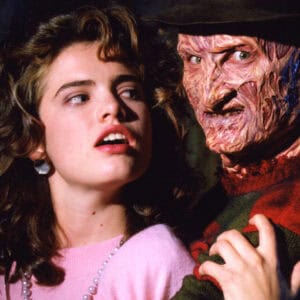
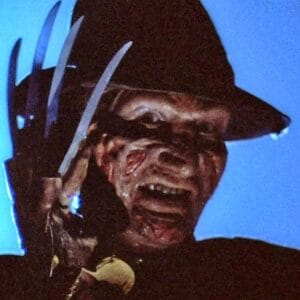
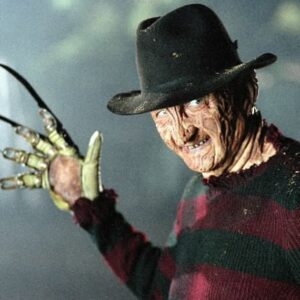
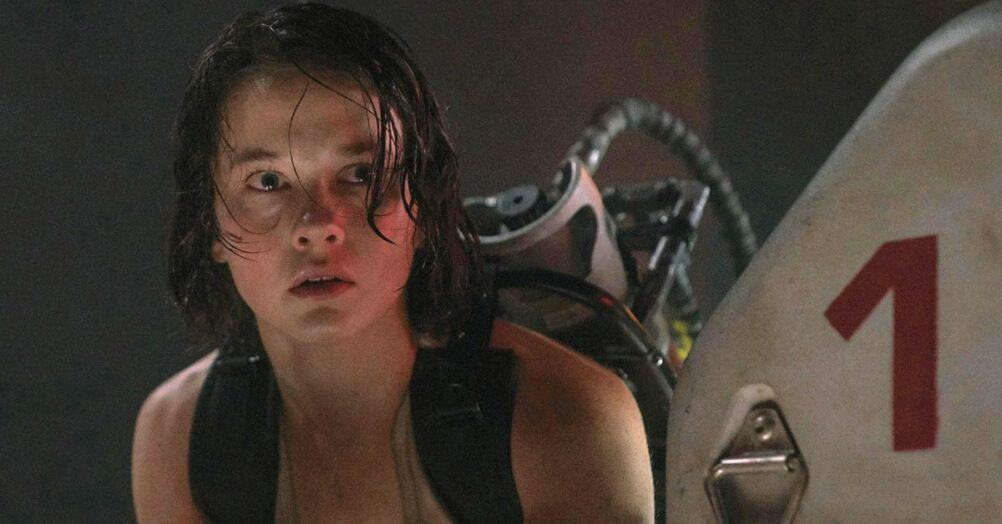


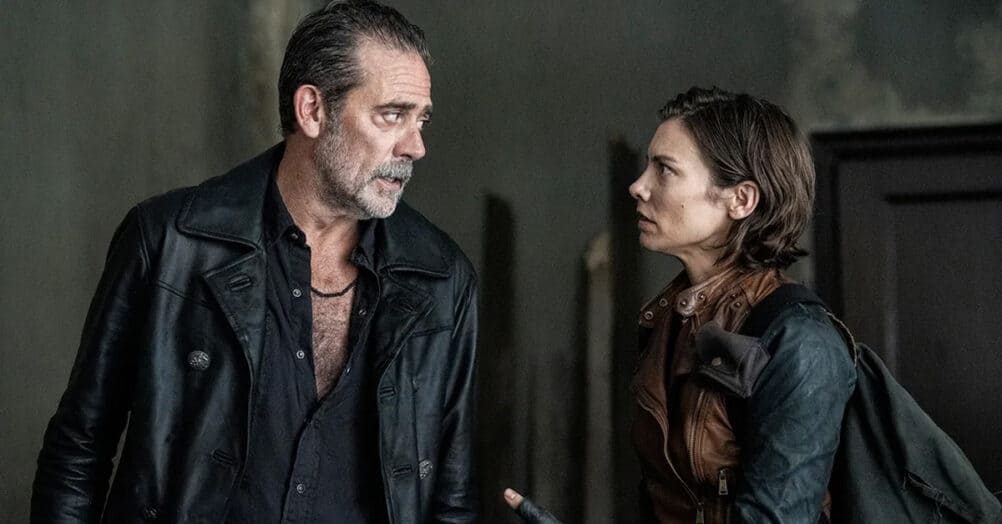
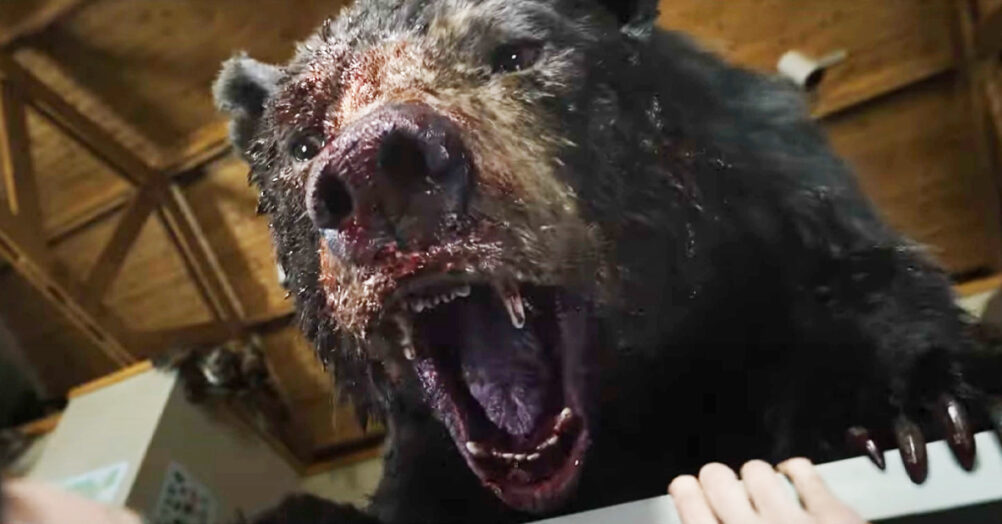

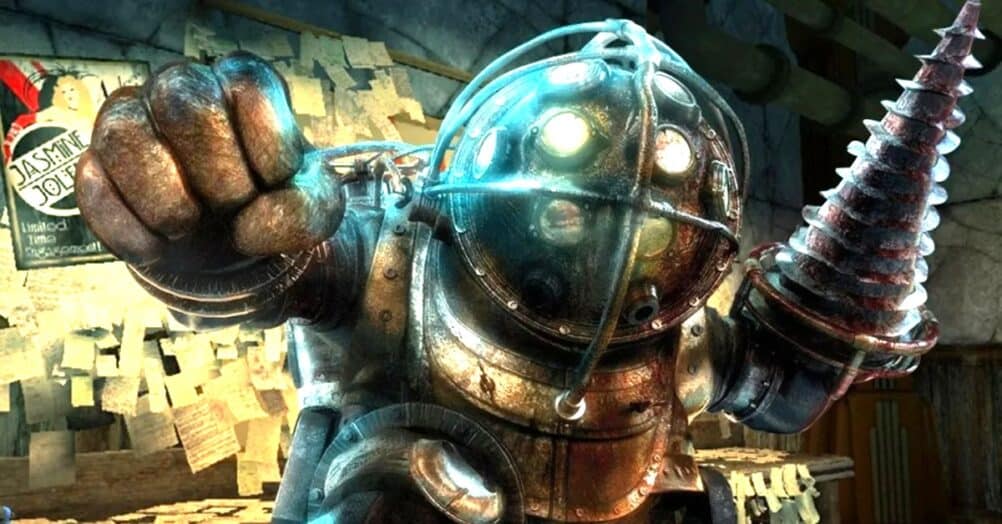
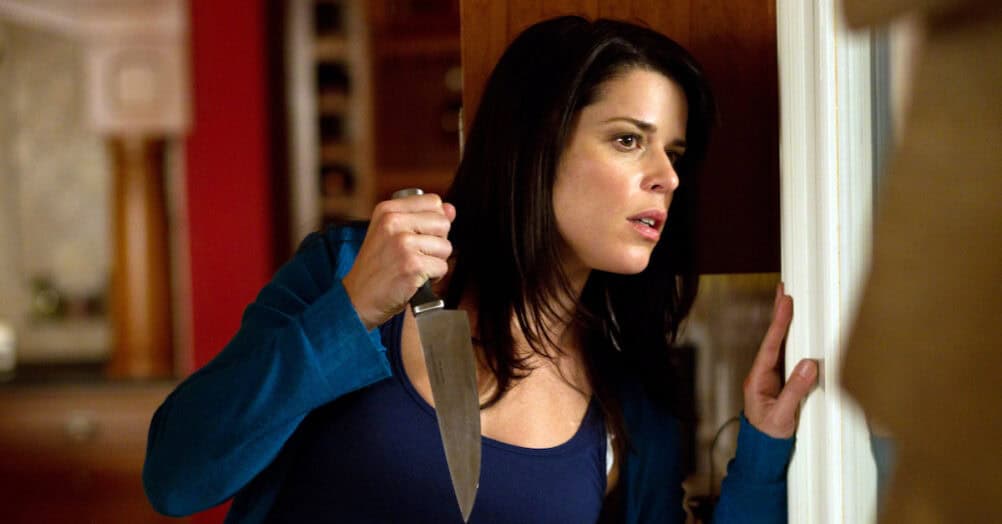


Follow the JOBLO MOVIE NETWORK
Follow us on YOUTUBE
Follow ARROW IN THE HEAD
Follow AITH on YOUTUBE